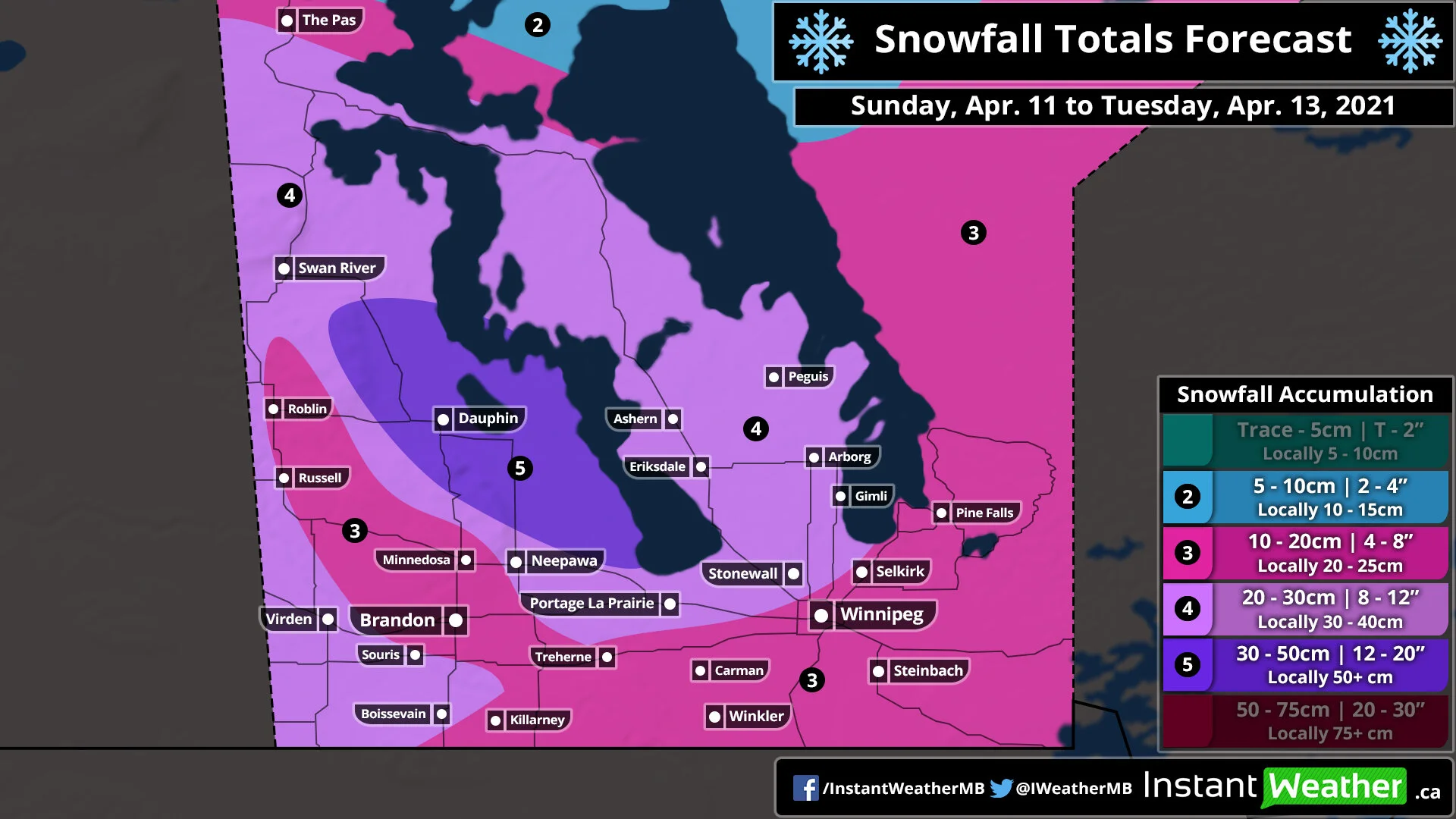After a few days of bracing for what could be have been a historic snowstorm for this time of the year across Southern Ontario, it looks like we will see yet another near miss which has become the common occurrence this winter. Now, not all of Southern Ontario will escape the last blast of winter weather with a swath of heavy snowfall stretching from Extreme Southwestern Ontario along the Lake Erie shoreline, into Niagara Region and Eastern Ontario along the international border. If you were looking forward to the snow then you’d want to be in the eastern section of the Niagara Region including St. Catharines and Niagara Falls which could see around 15cm of accumulation on Wednesday.
The snow has already begun earlier than expected through Windsor and parts of Southwestern Ontario late this afternoon and it will continue through the evening. We will see even heavier bands of precipitation move into the province spreading to the northeast past the midnight hours and during the morning on Wednesday. The worst conditions will be found predawn Wednesday as the system hugs the international border as it tracks to the northeast. There is some uncertainty on the exact track and the cutoff between heavy snowfall to only a few flurries will be quite tight so just a few kilometres could be the difference between 1cm or 10+cm. The snow will taper off for most areas by the noon hour although it will linger into the afternoon for Eastern Ontario.
As we’ve said, the accumulation gradient will be very tight so there could still be some variance in the actual accumulation by Wednesday afternoon. Right now we’re looking at the Niagara Region being the ‘winner’ of the storm with around 10-15cm of accumulation possible. Other areas along the Lake Erie shoreline and into Eastern Ontario near the border can expect between 6-12cm (likely on the lower end of that range).
The Windsor and Hamilton area is on the cusp of the heavier accumulation so while we have them in the 6-12cm zone on the map, around 4-8cm is probably a better estimate in terms of what sticks to the ground once we account for the wetter snow and melting. Sarnia, London and the rest of the GTA will see a few centimetres of wet snow and maybe up to 5cm in the hardest-hit areas depending on the track. Wouldn’t be surprised to see this area underperform if the precipitation is even more contained to the border. All other parts of Southern Ontario will see just flurries with little to no accumulation expected.
If you don’t like the snow, you’ll be happy to hear that temperatures will rise well above the freezing mark later in the day on Wednesday so this should melt most of the snow that accumulated during the morning. And double-digit temperatures will make a return later by the end of the week! We don’t want to jinx it, but this will likely be our last major snowfall event of the season.





























